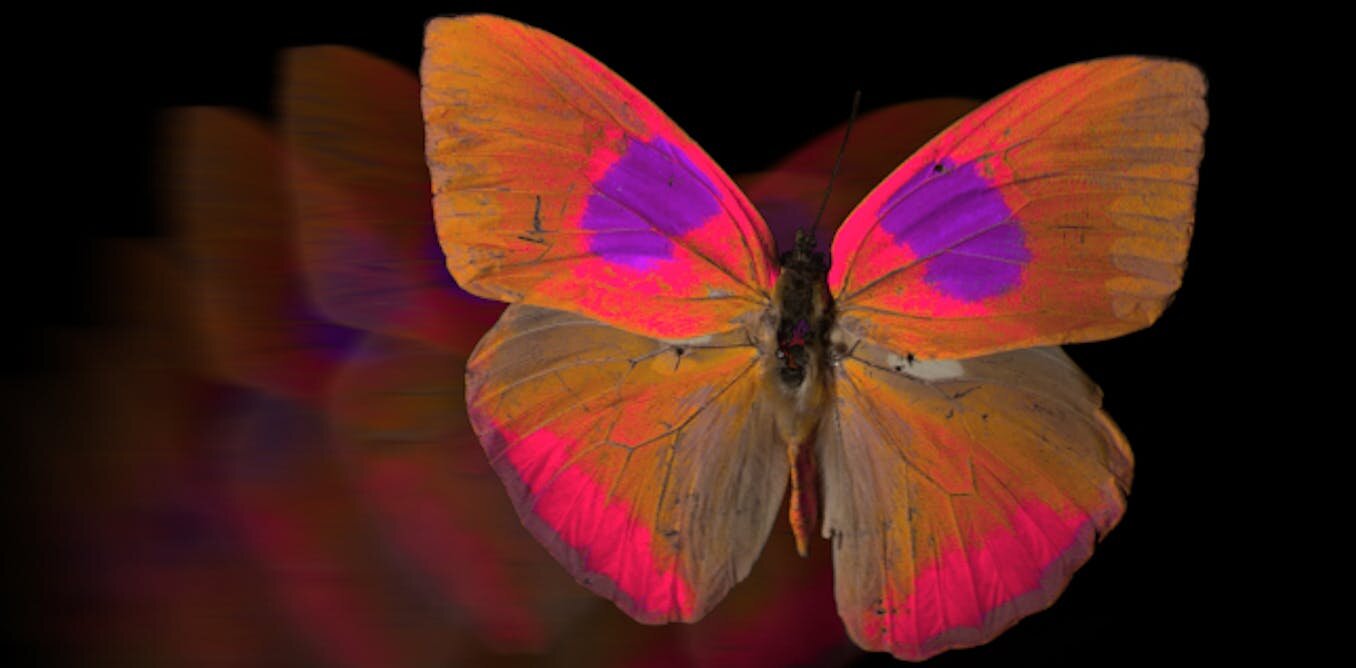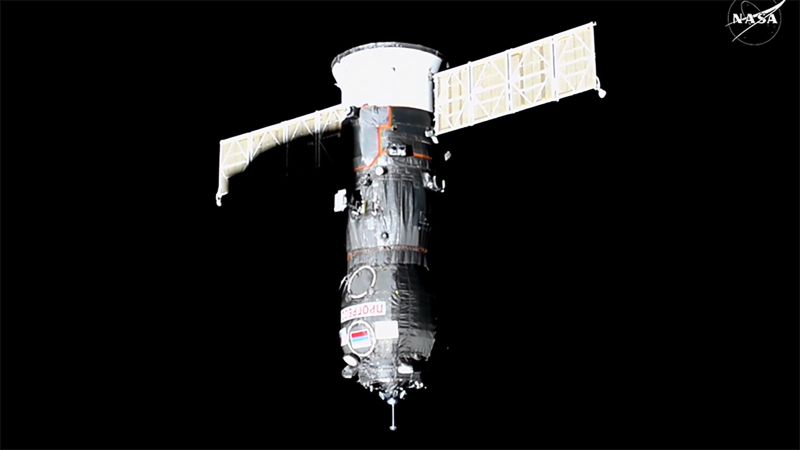# Animals see the world in different colors than humans: New camera reveals what this looks like
If you’ve ever wished you could see the world though the eyes of another animal, we have good news for you. We also wondered about that and, being scientists who specialize in color vision, have created a solution: a camera system and software package that allows you to record videos in animal-view colors.
Many animals, including bees, birds and even mammals like reindeer and mice can perceive ultraviolet light. Indeed, the lack of UV-sensitivity in humans is more of an exception than the rule. At the other end of the visible light spectrum, human eyes have receptors that are sensitive to red while many animals—including bees, mice and dogs—are just as blind to red as we are to ultraviolet light. Even when it comes to blues and greens, colors perceived across the animal kingdom, the precise wavelength of the light an animal would experience as “pure blue” or “pure green” is specific to the species. As a result, no two species see the world in the same colors.
We invite you to stare at the sky and appreciate that its blueness is the joint product of the sunlight being scattered in the atmosphere and your own sensory system. The color you see is specific to you—in fact, for many animals, the sky is ultraviolet-colored. Now, slowly lower your eyes and try to imagine how the rest of the landscape could appear for other species. With our new camera system, we took one step closer to understanding this wonderful, strange world that other animals live in.
## Capturing the world in motion
While we cannot possibly imagine how ultraviolet appears to the animals who can perceive it, we can visualize it using false color imagery. For example, for honeybees that are sensitive to three types of light (ultraviolet, blue and green), we can shift their perceivable colors into the human visible range such that ultraviolet is represented as blue, blue becomes green, and green becomes red. Up until now, we could only apply this process to immobile objects.
## A solution for continuous imaging
The first challenge was to devise a camera that records in ultraviolet and visible light simultaneously. The solution turned out to be a beam splitter. This specialized piece of optical equipment reflects ultraviolet light as if it was a mirror, but allows visible light to pass through, just like clear glass. We positioned two cameras (one modified to record in ultraviolet) in a 3D-printed casing, such that the modified camera received reflected ultraviolet light while a stock camera received transmitted visible light. We overlayed and synchronized the recordings of these two cameras, and a series of conversion steps allowed us to calculate the amount of light that had reached each camera’s sensors. From this, we could estimate the amount of light that would have been captured by an animal’s eye if it were seeing the scene from the vantage point of our camera.
## Try it yourself
We have made all codes necessary for implementing the video conversions and the plans of the camera system freely available online, along with our best attempt to explain how to build the camera from scratch. Our goal is for other researchers to build their own cameras and to use them to answer their own questions about how other species see the world. There are so many possibilities. But the most exciting questions will be those we have yet to consider. Only now that we have started taking videos of the natural world in colors that animals see are we beginning to notice how much information is out there. Discoveries await you in your own backyard.















